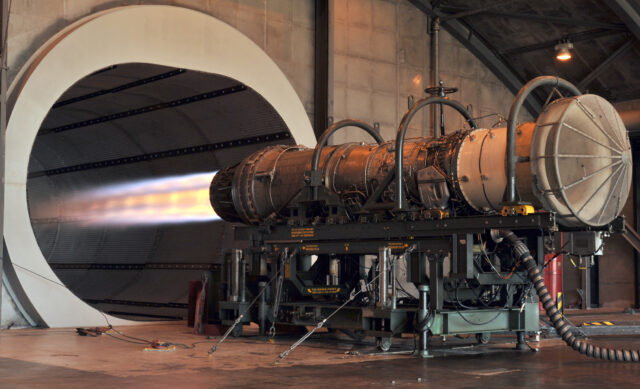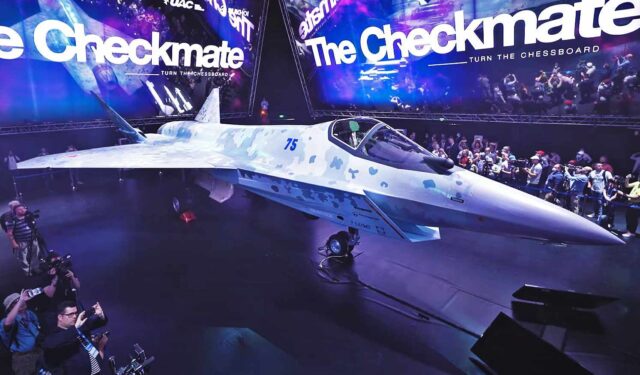IATA urges ICAO to prioritise threat of GNSS interference during 42nd Assembly in Montreal

September 18, 2025

The International Air Transport Association (IATA) is urging governments to make Global Navigation Satellite System (GNSS) radio frequency interference (RFI) a top safety priority at the upcoming 42nd ICAO Assembly, warning that deliberate jamming and spoofing are becoming a persistent and escalating threat to global civil aviation operations.

IATA has co-authored a working paper on GNSS RFI with the International Business Aircraft Council (IBAC) and the International Federation of Air Traffic Controllers’ Associations (IFATCA). It calls on ICAO member states to acknowledge the growing threat and accelerate coordinated mitigation measures.
The working paper urges ICAO to “prioritise and expedite national and international initiatives to address GNSS RFI”, warning that the threat now poses a critical safety and economic risk to global aviation.
Airlines have seen a significant increase in GNSS interference
GNSS provides the positioning, navigation and timing (PNT) data essential for modern air transport. It enables precision approaches, efficient en-route navigation, automated air traffic management, and critical systems including flight management computers, automatic flight controls, datalink communications, and ADS-B surveillance. But deliberate and sophisticated interference is rising in frequency and geographic scope, especially around conflict zones.

“It’s not just IATA… Many of the individual member states have also raised this issue because the frequency of GNSS radio frequency interference has significantly increased in recent times,” said Willie Walsh, IATA Director General, during a press briefing ahead of the 42nd ICAO Assembly in Montreal, which begins next week.
In June, IATA and EASA published a plan to mitigate the risk of GNSS interference. At the time, IATA reported that the number of global positioning system (GPS) signal loss events increased by 220% between 2021 and 2024, according to data from the airline association’s Global Aviation Data Management Flight Data eXchange (GADM FDX).
GNSS Interference: from inefficiency to safety risk
In the paper submitted to ICAO, IATA warns that while fallback to ground-based navigation systems is still possible, loss of GNSS accuracy forces pilots and controllers to revert to less efficient, less precise procedures.
“A loss of positional accuracy undermines the ability to maintain precise flight paths and safe separation between aircraft, increasing the risk of mid-air collisions or controlled flight into terrain (CFIT), particularly in complex or congested airspace. Precision approaches may be degraded, forcing aircraft to rely on less accurate alternatives that may not always be available, leading to go-arounds or diversions. Additionally, disruptions to air traffic management systems and critical onboard systems that depend on GNSS data can result in cascading failures and reduced situational awareness,” the authors of the Working Paper state.

“GNSS RFI events increase the complexity of flight operations. Pilots must quickly adapt to degraded navigation capabilities, coordinate with air traffic control, and implement alternative procedures, all while managing heightened workload during critical flight phases. Air traffic controllers, in turn, must handle increased traffic complexity with reduced automation support, often requiring greater separation between aircraft. Airline operations centres must also respond in real time, adjusting flight plans, fuel loads, and crew assignments while ensuring compliance with regulatory requirements when GNSS navigation is compromised,” the authors of the Working Paper add.
Walsh: “We want to see this issue stamped out”
During the press briefing ahead of the Assembly, Walsh focused on the inefficiencies GNSS interference creates while playing down the safety risk. “It’s not to say that it makes aviation unsafe, because obviously, we have a fallback to ground-based navigation equipment. We’ve not seen any safety impact to date, but obviously, we want to see this issue stamped out.”

Nick Careen, IATA SVP Operations, Safety and Security, said, “We treat everything as a genuine safety risk.” He answered a reporter’s question on the level of GNSS interference risk in Eastern Europe and the Middle East, saying, “It has not subsided… In fact, it’s probably increased slightly. We were the first ones raising the flag on this a couple of years ago, and it’s now become something that countries and states are willing to take seriously.”
Careen added that insufficient investment in new, more resilient avionics is compounding the risk.
“We also have to start investing in new technology,” he said. “Advancements in our avionics can further mitigate the risks associated with this, which we are not seeing the level of innovation in that area, and it’s something we’re pursuing.”
IATA’s proposed action plan for ICAO on GNSS Interference
IATA, IBAC and IFATCA are asking the ICAO Assembly to endorse a coordinated, multi-layered mitigation strategy and press member states to take immediate action.

Key elements include:
- Military coordination: Engage with defence authorities to halt deliberate jamming and spoofing affecting civil aviation
- Global monitoring: Develop standardised incident reporting and deploy advanced terrestrial, airborne and space-based RFI detection and localisation systems
- Source identification and enforcement: Strengthen cross-border cooperation, enforce bans on jamming devices, and prosecute offenders
- Spectrum protection: Tighten national and international spectrum management policies to shield GNSS frequencies, including the use of guard bands
- Public awareness: Launch campaigns on the dangers and illegality of GNSS jammers
- Avionics resilience: Incentivise development of anti-jamming/anti-spoofing receivers, update ICAO certification standards, and expand integrity monitoring systems (e.g. RAIM, ABAS, GBAS)
- Operational readiness: Mandate robust GNSS outage contingency plans and strengthen pilot and ATC training on recognising and responding to interference
- Research & cybersecurity: Invest in alternative/complementary positioning, navigation and timing (PNT) systems and cyber-hardening measures such as encryption and authentication
A call for swift action on GNSS jamming and spoofing
IATA emphasised that while long-term work on alternative PNT and spectrum resilience is underway, aviation urgently needs short-term solutions to day-of-operation GNSS disruptions that are already forcing reroutes, diversions, and go-arounds.
“This clearly is something that does have an impact,” Walsh said. “There are measures that states can take to support this initiative, and we expect this to be one of the areas where there will be widespread agreement at the ICAO Assembly…I’m optimistic that we will see progress in this area at the Assembly over the next couple of weeks.”
















